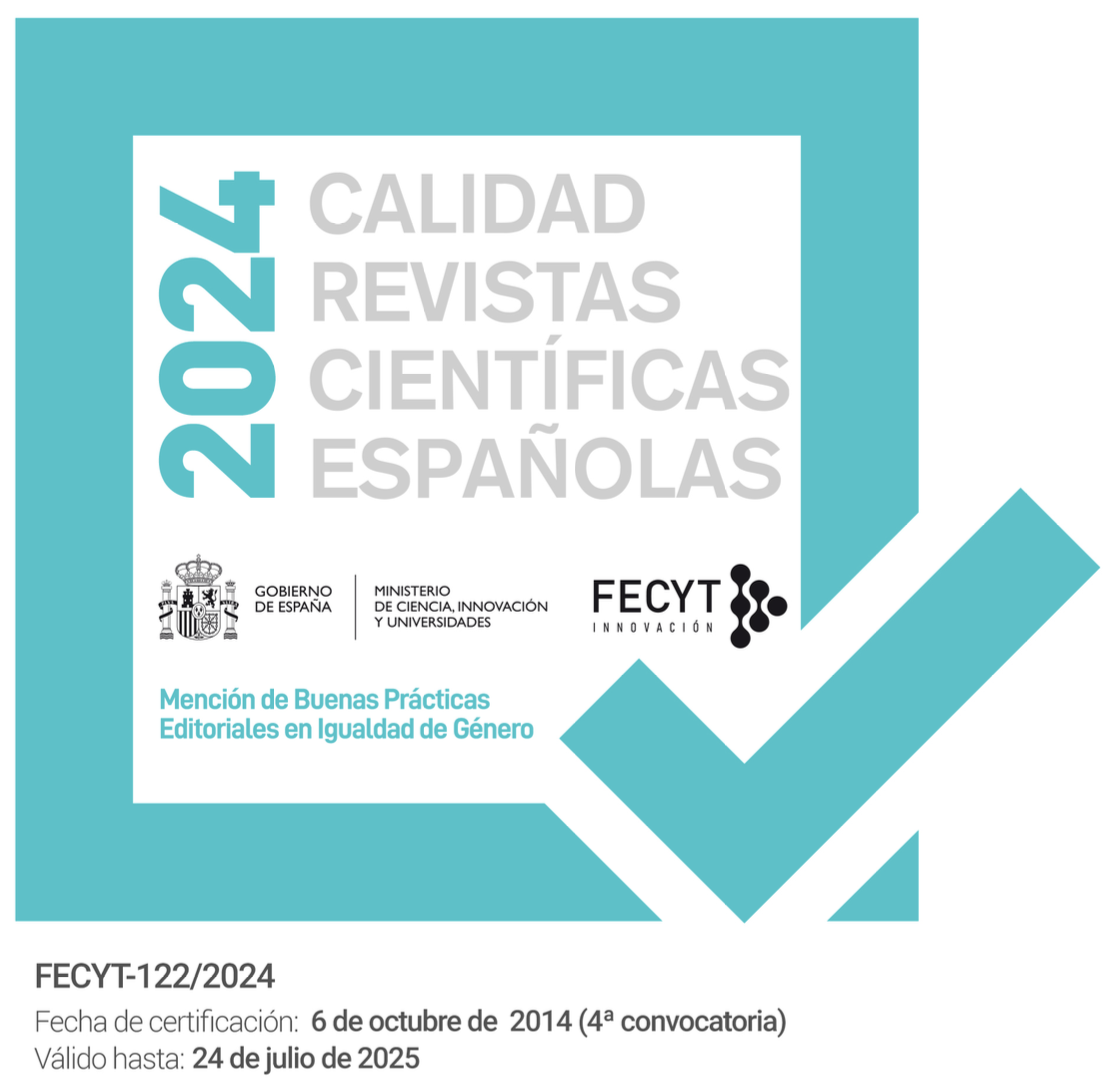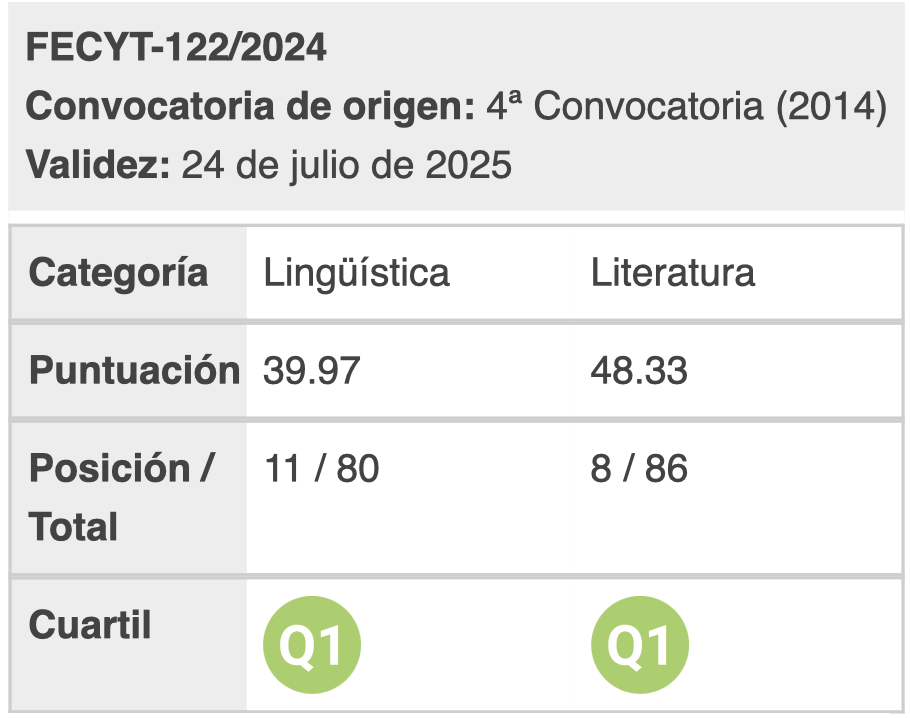Science Fiction Re-Visioned: Posthuman Gothic in Philip K. Dick’s Electric Dreams
DOI:
https://doi.org/10.28914/Atlantis-2023-45.1.07Abstract
In this essay, I analyse two episodes from the recent television series, Philip K. Dick’s Electric Dreams. I contend that, by adapting Philip K. Dick’s short stories from the 1950s for the screen, the creators of “Impossible Planet” and “The Commuter” offer an important new perspective from which to appreciate the value of his early fiction, which is too often dismissed by critics as juvenilia. Moreover, by re-visioning Dick’s work as posthuman Gothic narratives, the episodes refract long-standing Gothic anxieties about alterity and (post)human existence through a lens that is more often associated with science fiction. This hybridization is instrumental to Philip K. Dick’s Electric Dreams’ interrogation of the paradigmatic binaries between life/death, interiority/exteriority and reality/virtuality. In my analysis, I use Rosi Braidotti’s theory of posthuman death, as well as Roger Luckhurst’s concept of Weird zones, to illuminate how Electric Dreams explores some of the existential issues that arise from human-technological imbrication.
Downloads
References
Aldiss, Brian. 1986. Trillion Year Spree: The History of Science Fiction. 2nd ed. New York: Atheneum.
Bloom, Clive, ed. 2021. The Palgrave Handbook of Contemporary Gothic. London: Palgrave Macmillan.
Botting, Fred. 2008a. Limits of Horror: Technology, Bodies, Gothic. Manchester: Manchester UP.
—, 2008b. Gothic Romanced: Consumption, Gender and Technology in Contemporary Fiction. New York: Routledge.
Braidotti, Rosi. 2013. The Posthuman. Cambridge: Polity.
Canavan, Gerry, ed. 2016. Metamorphoses of Science Fiction. Bern: Peter Lang.
Cherry, Brigid, Peter Howell and Caroline Ruddell, eds. 2010. Twenty-First-Century Gothic. Newcastle-upon-Tyne: Cambridge Scholars.
Dick, Philip K. (1968) 2010. Do Androids Dream of Electric Sheep. London: Gollancz.
—, 2017. Philip K. Dick’s Electric Dreams. London: Gollancz.
Easterbrook, Nick. 1995. “Dianoia/Paranoid: Dick’s Double ‘Imposter’.” In Umland 1995, 19-42.
Edwards, Justin D., ed. 2015. Technologies of the Gothic in Literature and Culture: Technogothics. New York and London: Routledge.
—, 2015. “Introduction: Technogothics.” In Edwards 2015, 1-16.
Farr, David, dir. 2017a. “Impossible Planet.” Philip K. Dick’s Electric Dreams, season 1, episode 2. UK and USA: Channel 4 and Amazon Studios.
—, 2017b. “Introduction by David Farr.” In Dick 2017, 39-40.
Haraway, Donna J. 1991. Simians, Cyborgs, and Women. New York: Routledge.
Harper, Jack, dir. 2017. “The Commuter.” Philip K. Dick’s Electric Dreams, season 1, episode 3. UK and USA: Channel 4 and Amazon Studios.
Harrison, John M. 2006. Nova Swing. London: Gollancz.
Hayles, Katherine N. 1999. How We Became Posthuman: Virtual Bodies in Cybernetics, Literature, and Informatics. Chicago and London: U of Chicago P.
Heise-von der Lippe, Anya. 2019. “Posthuman Gothic.” In Webster and Aldana Reyes 2019, 218-30.
Hue and Cry. 1988. “Looking for Linda.” Track 2 on Remote. Circa.
Lucas, George, dir. 1977. Star Wars. USA: Lucasfilm Ltd.
Luckhurst, Roger. 2011. “In the Zone: Typologies of Genre Weirdness.” In Wasson and Alder 2011, 21-35.
—, 2015. “Biomedical Horror: The New Death and the New Undead.” In Edwards 2015, 84-98.
Mellor, Louisa. 2018. “Philip K. Dick’s Electric Dreams Episode 2 Review: Impossible Planet.” Den of Geek, January 13. [Accessed July 12, 2021].
Millette, Holly-Gale. 2021. “Posthuman Interstellar Gothic.” In Bloom 2021, 1191-208.
Nayar, Pramod K. 2014. Posthumanism. Cambridge: Polity.
O’Connell, Mark. 2017. To Be a Machine: Adventures Among Cyborgs, Utopians, Hackers, and the Futurists Solving the Modest Problem of Death. London: Granta.
Reiner, Jeffrey, dir. 2017. “Real Life.” Philip K. Dick’s Electric Dreams, season 1, episode 5. UK and USA: Channel 4 and Amazon Studios.
Rich, Adrienne. 1972. “When We Dead Awaken: Writing as Re-Vision.” English 34 (1): 18-30.
Robb, Brian J. 2017. “Electric Dreams Episode 2 Impossible Planet.” Counterfeit Worlds, September 26. [Accessed March 9, 2021].
Spooner, Catherine. 2010. “Preface.” In Cherry, Howl and Ruddell 2010, ix-xii.
Stam, Robert. 2005. “Introduction: The Theory and Practice of Adaptation.” In Stam and Raengo 2005, 1-52.
— and Alessandra Raengo, eds. 2005. Literature and Film: A Guide to the Theory and Practice of Film Adaptation. Oxford: Blackwell.
Strugatsky, Arkady and Boris Strugatsky. (1977) 2012. Roadside Picnic. Translated by Olena Bormashenko. Chicago: Chicago Review Press.
Suvin, Darko. 2016. “Estrangement and Cognition.” In Canavan 2016, 15-27.
Umland, Samuel J., ed. 1995. Philip K. Dick: Contemporary Critical Interpretations. Westport, CT: Greenwood.
Wasson, Sara and Emily Alder, eds. 2011. Gothic Science Fiction 1980-2010. Liverpool: Liverpool UP.
Webster, Maisha and Xavier Aldana Reyes, eds. 2019. Twenty-First-Century Gothic. Edinburgh: Edinburgh UP.
Downloads
Published
How to Cite
Issue
Section
Most read articles by the same author(s)
- Paul Mitchell, The Horror of Loss: Reading Jennifer Kent’s The Babadook as a Trauma Narrative , Atlantis. Journal of the Spanish Association for Anglo-American Studies: 2019: Vol. 41, Num. 2
- Paul Mitchell, Elena Oliete-Aldea, Beatriz Oria and Juan A. Tarancón, eds. 2016. Global Genres, Local Films: The Transnational Dimension of Spanish Cinema , Atlantis. Journal of the Spanish Association for Anglo-American Studies: 2017: Vol. 39, Num. 1








